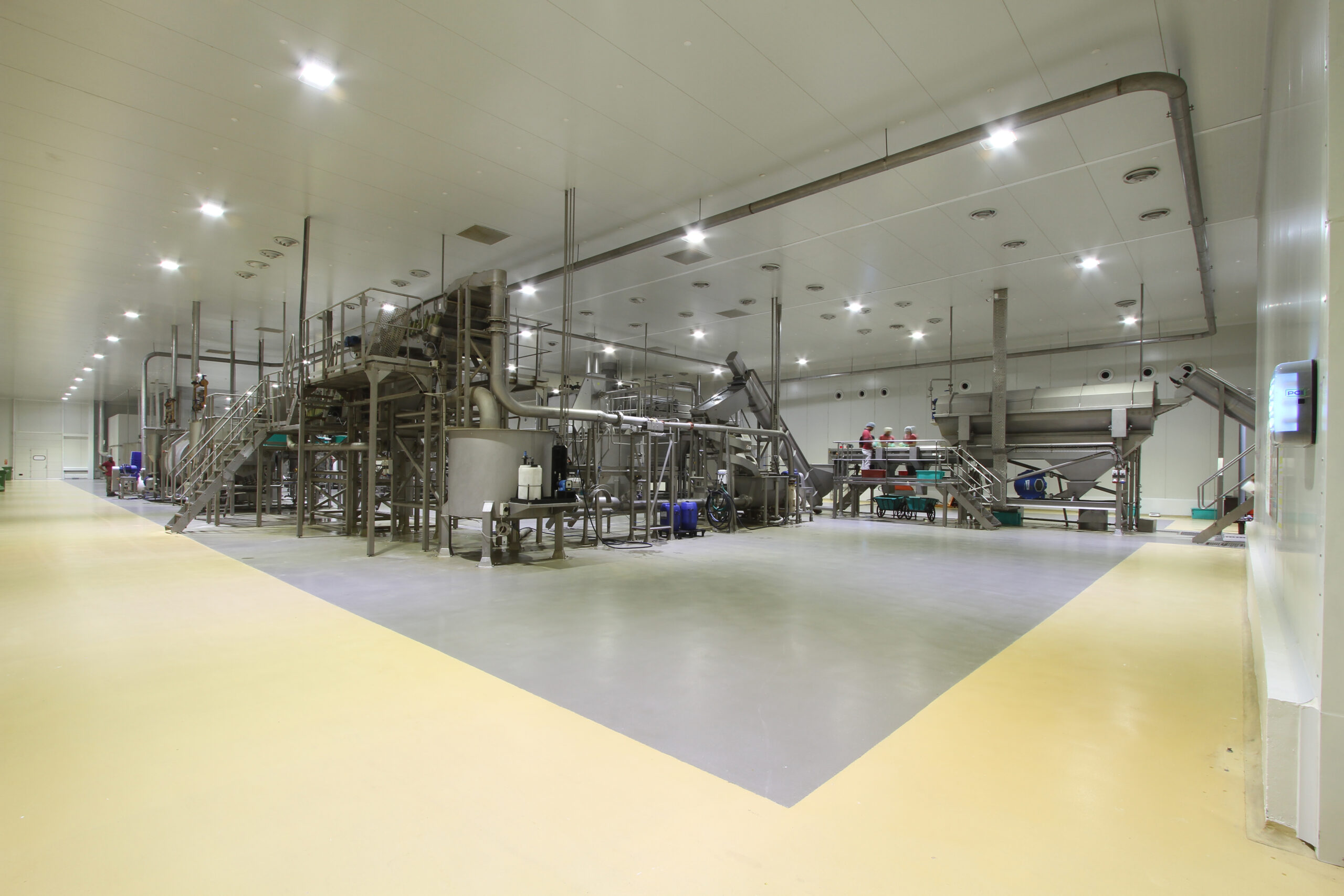
Design of Food and Food Packaging Facilities Compliant with Standards
General Introduction
The design of food and food packaging facilities plays a vital role in ensuring the safety and quality of food products. Regulatory bodies around the world have established strict standards to ensure that these food and food packaging facilities adhere to strict hygiene and safety protocols. Some of the most extensively recognized standards include FSSAI (Food Safety and Standards Authority of India), BRCGS (British Retail Consortium Global Standards), USFDA (United States Food and Drug Administration), and FSSC 22000 (Food Safety System Certification). In this blog, we will explore the key elements of designing food and food packaging spaces compliant with these strict standards and regulations to ensure the production of safe and high-quality food products.
Facility Location and Layout
Selecting a suitable location for a food or food packaging facility is the first crucial step in achieving compliance with industry standards. The location of the facility should meet zoning requirements, have access to necessary utilities, and be free from potential contamination sources such as industrial waste sites or chemical plants. Additionally, the structure’s layout must be designed to optimize workflow and reduce the risk of cross-contamination. Separate areas for receiving, processing, packaging, and storage should be clearly defined and properly ventilated.
Building Construction and Material Selection
The construction of the establishment should utilize materials that are food-safe, durable, and easy to clean. Stainless steel is a popular choice for surfaces in contact with food because it is corrosion-resistant and non-reactive. Floors should be constructed with flooring materials that are impermeable to liquids and easy to sanitize. Wall and ceiling surfaces are expected to be smooth, non-absorbent, and designed to prevent the buildup of dirt and bacteria.
Adequate Lighting
Proper lighting is essential in food packaging workspaces to ensure hygiene and product quality. Adequate illumination is necessary in all areas of the facility, including production, storage, and packaging. Light fixtures should be designed and installed to prevent contamination and be easy to clean. Proper lighting not only supports the inspection of food products but also contributes to a safer working environment for employees.
Ventilation and Air Quality
An efficiently designed ventilation system is critical for maintaining the quality of air and controlling temperature and humidity in food facilities. Proper ventilation helps remove odor, moisture, and airborne contaminants that could compromise the quality of the food product. Air filtration systems are also an essential part of the facility, which helps to prevent the introduction of allergens, pathogens, and other contaminants into the production area.
Sanitary Facilities
Employee hygiene is paramount in food production facilities. Adequate sanitary facilities must be provided, including handwashing stations with soap or soap liquids and clean water, as well as restroom facilities. Employees should be trained in proper handwashing techniques and should have access to disposable gloves and personal protective equipment as and when needed.
Pest Control
Pest control measures are very important as they help prevent contamination of food products. Food and food packaging facilities must have a pest control program in place that includes regular inspections, monitoring, and the use of safe and approved pest control methods. All openings, ventilation, and entry points should be sealed to prevent pests from entering the facility.
Equipment and Utensils
The selection, maintenance, and cleaning of equipment and utensils used in the facility are critical to compliance with food safety standards. All equipment used in food processing and packaging should be made of food-grade materials, regularly inspected for wear and tear, and cleaned and sanitized according to established protocols. Proper storage of equipment is also of vital importance to prevent cross-contamination.
Temperature Control
One of the most important aspects of food safety is temperature management. Facilities producing food products should have the necessary equipment and systems to monitor and control temperatures throughout the food production and storage processes. Refrigerated and frozen storage areas should maintain temperatures within specified ranges to prevent bacterial growth and spoilage. Temperature monitoring devices should be installed, and records should be kept to demonstrate compliance.
Waste Management
Proper waste management is important to maintain cleanliness and prevent contamination. Food and food production facilities should have designated areas for waste disposal, and waste should be removed regularly. Recycling and composting programs can also assist in minimizing environmental impact.
Documentation and Records
To demonstrate compliance with food safety standards, detailed documentation and records must be maintained and produced to the food safety officers when required. This includes records of equipment maintenance, cleaning schedules, employee training, pest control measures, temperature logs, and more. Effective record-keeping helps in the identification of areas for improvement and provides a historical record of compliance efforts.
Wrapping Up
Designing food and food packaging facilities that are compliant with standards such as FSSAI, BRCGS, USFDA, FSSC 22000, and others is utterly important for ensuring the safety and quality of food products. By focusing on location, construction materials, lighting, ventilation, sanitation, pest control, equipment, temperature control, waste management, and documentation, food facilities can meet and exceed these standards. Compliance not only protects consumers but also enhances the reputation and profitability of food businesses.
Therefore, it is imperative for food producers and packagers to prioritize the design and maintenance of their facilities to meet and exceed these stringent requirements, ultimately delivering safe and high-quality food products to consumers worldwide.





